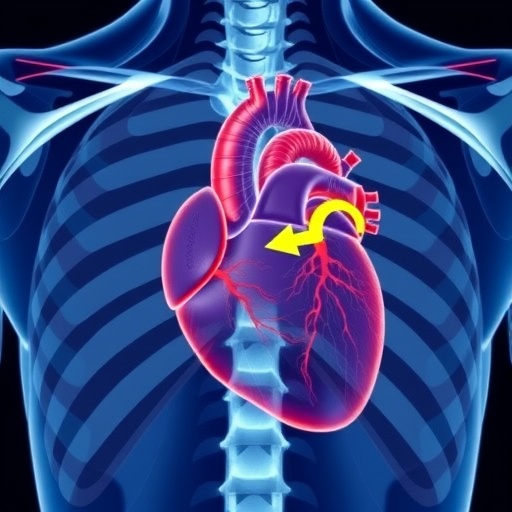New Haven, Conn. – Scientists have found the seasonal "fingerprints" of Arctic sea ice, El Nino, and other climate phenomena in a new study that probes the global interactions between weather and climate.
Although the terms are often used interchangeably, weather and climate are different. Weather can be reasonably well predicted up to a week in advance, and is characterized by its daily dynamics. Climate changes more slowly, which is why you wouldn't plan a ski trip to Wyoming for August, or a beach vacation in Cape Cod in February. Yet there is variability within climate. A particularly snowy winter in New England one year might be followed by almost no snow the next year.
Certain climate processes, such as the El Nino Southern Oscillation or the annual cycle of Arctic sea ice cover, are intertwined with both weather and climate. They operate on seasonal time scales, but their variability and strength reside in the cumulative effect of fast-moving daily weather. They also have the capacity to create big problems for public safety and regional economies.
Using concepts from the statistical mechanics of the microscopic world, researchers from Yale University and the Centre for Mathematical Sciences at the University of Cambridge have created a mathematical framework to better explain such phenomena. It is a departure from previous theories in that it uses formulas that explicitly embrace a wide range of time variation.
"Treating the fastest and slowest time scales in a system that is itself temporal by its very nature allowed us to see how daily weather fluctuations accumulate to impact the predictability on seasonal time scales. In other words, the seasons 'remember' the weather," said John Wettlaufer, the A.M. Bateman Professor of Geophysics, Mathematics, and Physics at Yale, and co-author of the study, published March 13 in the journal Scientific Reports.
###
The first author of the paper is Woosok Moon of the Centre for Mathematical Sciences.
As part of their research, Moon and Wettlaufer looked at Goddard Institute for Space Studies (GISS) surface air temperatures from 1880 to 2012, National Centers for Environmental Information (NOAA) sea surface temperatures from 1981 to 2016, and Arctic sea ice data since 1978.
Grants from NASA and the Swedish Research Council supported the research, as did a Royal Society Wolfson Research Merit Award.
Media Contact
Jim Shelton
[email protected]
203-432-3881
@yale
http://www.yale.edu
############
Story Source: Materials provided by Scienmag





